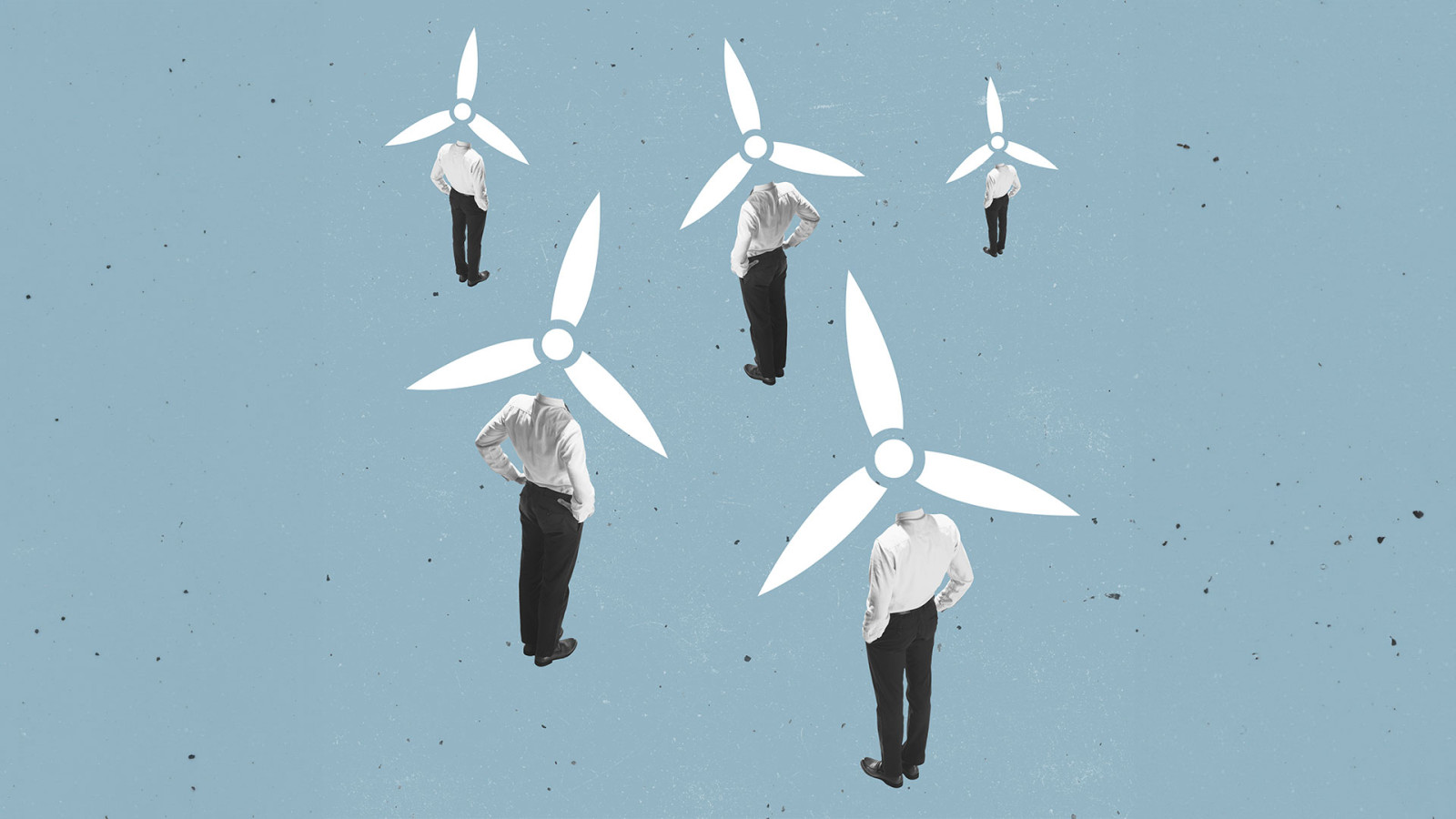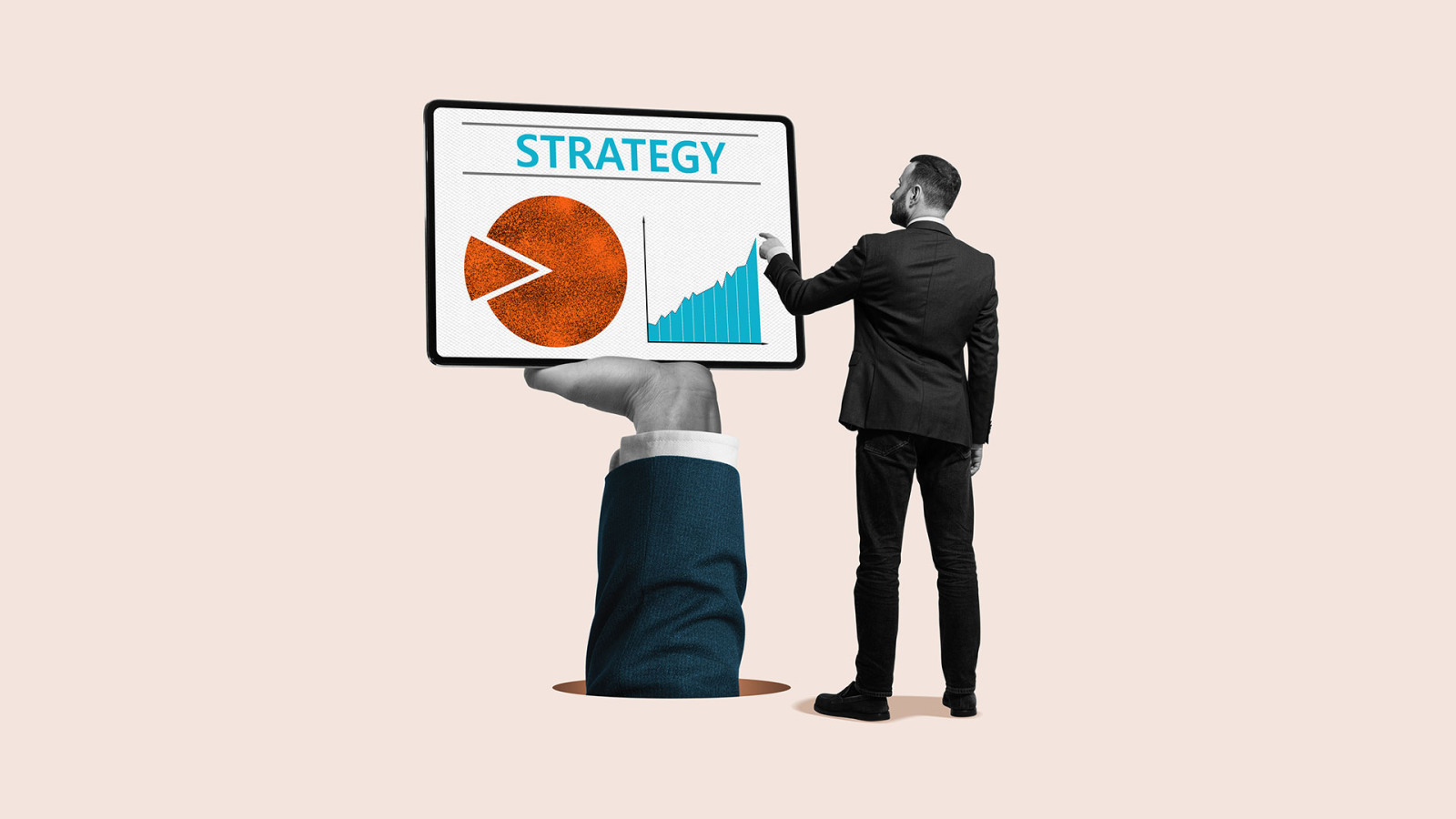At COP28 the best communication strategy was not having a communication strategy
Published Dec 14, 2023 – By Jane Douglas

The UN’s annual Conference of Parties (COP), where world leaders take decisions on climate change action, was once seen as a news hook by companies wanting to position their brand as green. But the mood is changing.
As people grow weary of greenwashing and the climate change situation worsens, only organisations that are committed to the cause make COP part of their brand communication strategy.
The messages companies promote during COP today don’t have their origins in a communications strategy. They start in a net zero roadmap or a boardroom where stakeholders are worried about the impact of climate change on their business.
As a content marketing consultancy, we know that thought leadership pieces are a by-product of months of wider action, from working collaboratively to set industry standards, to making new commitments or lobbying governments for system change.
They are authentic and they are honest about where the company stands on its journey to net zero. A good example of strong communication skills.
Those companies that use COP as a marketing communication moment without squeaky clean green credentials are quickly called out, as Coca-Cola discovered at COP27, when it was accused of greenwashing. Coca-Cola was the event’s main sponsor, and, according to global alliance Break Free From Plastic, the world’s top plastic polluter.
The central focus of COP28, held in the United Arab Emirates, was whether the world should ‘phase out’ or ‘phase down’ fossil fuels. With the summit being held in a petrostate, expectations for controversy were high before the event even began and all eyes were on corporate influence.
Against this backdrop, household names tended to keep a low profile, and B2B marketers were also cautious about making the event part of their communication plan.
“The focus this year is more heads down, getting the work done, than it is about branding opportunities,” as Aron Cramer, CEO and president of sustainability consultancy BSR, told Adweek.
But while companies should be careful not to greenwash with their content marketing (see some tips here), it’s important not to shy away from sustainability as a subject matter, a phenomenon known as ‘greenhushing’.
Research by emissions reduction organisation South Pole found that one in four businesses in 2022 weren’t planning to talk about their science-aligned net zero targets as part of their communication strategies.
In a statement accompanying the report, South Pole CEO Renat Heuberger said: “More than ever we need the companies making progress on sustainability to inspire their peers to make a start. This is impossible if progress is happening in silence.”
Facing up to fears
It takes a long time to turn a tanker round. And while companies and the industries they inhabit are transitioning to net zero there will be plenty of examples of current practices that don’t match up to aspirations.
Activists will always call out these examples. But that doesn’t put some organisations off turning up to COP and trying to turn that tanker around. One company fell foul of a stunt on the first day of COP28, when Greenpeace placed a giant bottle of soap outside its global HQ to highlight its contribution to waste.
Greenpeace said in a blog that the company “claims to want a ‘waste-free’ world, yet just 0.2% of its packaging is reusable. They’ll tell you they’re changing. They’ll tell you recycling’s the answer and that they’ve got big targets. But recycling alone is a dead end. We simply can’t recycle our way out of this crisis.”
While activism can be alarming for marketers, it has an important role to play in moving agendas forward. In this case, Greenpeace was calling on the company to lead the charge on the UN Global Plastics Treaty: “We’re here to challenge a brand to live up to its proclaimed values.”
Some companies won praise from unofficial watchdogs. InfluenceMap, which maintains a database of corporate lobbying of climate policy globally named Unilever as one of a handful “highly positive and strategically engaged ‘climate policy leaders’”, alongside IKEA and Spanish renewables company Iberdrola. “These companies and many others signed a letter calling for the phase-out of fossil fuels by the 2040s in the lead up to COP28,” read InfluenceMap’s report.
So what did we learn from the companies that did successfully make COP28 part of their corporate communication strategies?
1. Deeds before words
Companies who had a communication strategy for COP28 tended to be built around sustainability, made new climate commitments, worked collaboratively with their sector to establish pathways to net zero or called on governments to take action.
More than 130 businesses, including Nestlé, Ikea, Volvo Cars, eBay and Heineken called on world leaders to agree a timeline to ditch fossil fuels at the summit.
Separately, a group of more than 200 organisations, such as Danone, EAT and Unilever called for global targets to transform food and agriculture into a key solution, rather than a driver, of the climate crises.
Rebecca Marmot, Unilever’s Chief Sustainability Officer, said in a statement ahead of COP28 that companies can only go so far. “We also need governments to create the enabling environment for change through policies that support a sustainable future… At COP28, Unilever will be asking governments to increase their ambition in line with limiting global warming to 1.5°C.”
Meanwhile, 400 organisations, investors, stock exchanges, the accountancy profession, multilaterals, NGOs, universities, data analytics providers and corporate advisors committed to advancing the adoption or use of the International Sustainability Standards Board’s climate-related reporting at a global level.
Others worked collaboratively across their industry, with bank HSBC and asset managers Black Rock and Ninety One among the founding members of a Global Climate Finance Centre. The think tank will explore barriers to investment in low carbon projects and find financial frameworks to overcome them.
If you put in the groundwork with considered net zero strategies before COP, then you will know what shape the conversation around the event will take. That enables a successful communications strategy.
For example, had you heard of the ‘global stocktake’ before COP28? No? Me neither. But McKinsey had. They wrote an explainer on it in October, a month before the event began, which means when everyone from CEOs to journalists started frantically Googling the term, their explainer was waiting to soak up all the traffic and backlinks, second only to the official UN website. Those explainers will also build up their website’s background authority around climate-related keywords.
2. Thought leadership underpins successful COP comms
EY publish an annual Climate Risk Barometer report, which identifies the trends, opportunities and issues facing businesses in relation to climate change. This year’s report, launched a few days before COP28, found an increase in companies reporting on climate but falling short of their carbon ambitions.
This is an example of pure thought leadership – a fresh perspective based on credible research. It was backed by a dedicated webpage sharing insights from people on the ground at the event and building on a drumbeat of sustainability content. EY offer sustainability consulting services, so this speaks well to their target audience.
Other companies with dedicated mini-sites, live reporting from the event and calls to action included EDF and SSE. The latter set the bar high with their thought leadership, commissioning a multi-year study in conjunction with Oxford University, the first of which, COP28 Renewable Energy Developers Global South Study, launched at the summit. SSE also used the event to highlight research programmes into electricity system decarbonisation and energy industry skills that it has commissioned from Imperial College London and the University of Edinburgh.
For these organisations, their communication objectives often included influencing policy. However, the target audience likely included all stakeholders, from the public to the media and shareholders. This was also a chance to do some internal comms and employee engagement on purpose-driven activities.
3. Moving people moves the dial
The official event organisers used the equivalent of video pep talks to drive engagement on social media channels. Live streams of sessions and an artful animation got people’s attention, but it was the video pep talks – edits of key quotes set to rousing music and impressive imagery – that got the most views.
A short pep talk video summarising the first day that got 548k views and 462 shares on Facebook said: “Turn the badges around your necks into a badge of honour and a life jacket for the millions of people you are working for. Accelerate climate action, teach it to run.”
This format was clearly aimed at younger audiences, who go to social media communication channels for news bites.
On LinkedIn, organisers used imagery to improve engagement – real photos consistently performed better than simple text posts or typographical pull-quotes. These are examples of effective communication that consider what drives engagement and the reality of today’s shorter attention spans, especially on social media communication channels.
4. Comedy cuts through
One of the strongest B2B campaign efforts came from Ecologi, a platform that helps SMEs calculate, report and reduce their emissions.
Ecologi teamed up with satirical music duo Cassetteboy to challenge the UK’s recent “reversal on green policies and net zero”. A video made with cut-up clips of speeches by UK Prime Minister Rishi Sunak was set to the tune of hip hop classic It’s Getting Hot in Here. The revised lyrics included:
“If you survived
Eat out to help out
Now you can try
Heat up to wipe out…
With temperatures high
You might wonder why
COP28 takes place in Dubai
And its president
Is an oil company CEO
Who might be hesitant
To say no to
Tightening rules on
Fossil fuels
When oil and gas
Just has to go
And thanks to me
The UK is too slow
As we move away
From net zero.”
It concluded with the key message ‘Don’t COP out. Join the 20,000+ businesses making it less ‘hot out there’’.
The video, part activism, part clever content marketing campaign, used comedy to cut through and garnered 62.8k views on Facebook and more than 40k views on Twitter. The company later posted the video on LinkedIn, suggesting it was aiming the content initially at younger audiences on social networks hungry for more engaging formats.
A similar approach to this effective communication strategy is taken by Climate Science Breakthrough, which has produced a video series where comedians such as Jo Brand and Nish Kumar ‘translate’ climate science using their gift of the gab communication skills. The idea is rooted in insights from social psychology and intends to provoke action.
The group says of its approach: “The premise is that humans don’t respond to data. We respond to stories, to images, to emotions. We look to other humans to see how they’re reacting. We are prone to denial and rationalising problems away. Our brains are full of cognitive quirks that need navigating.”
Climate Science Breakthrough uses simple narratives, with a clear villain – the fossil fuel industry – and clear communication goals to tackle some of the obstacles to action, such as collective vs personal responsibility and narrative complexity.
There is much content marketers could learn from these strategic communications.
But the resounding message from COP was that climate strategy comes before content strategy.
Stay ahead of the curve
Sign up to our emails

